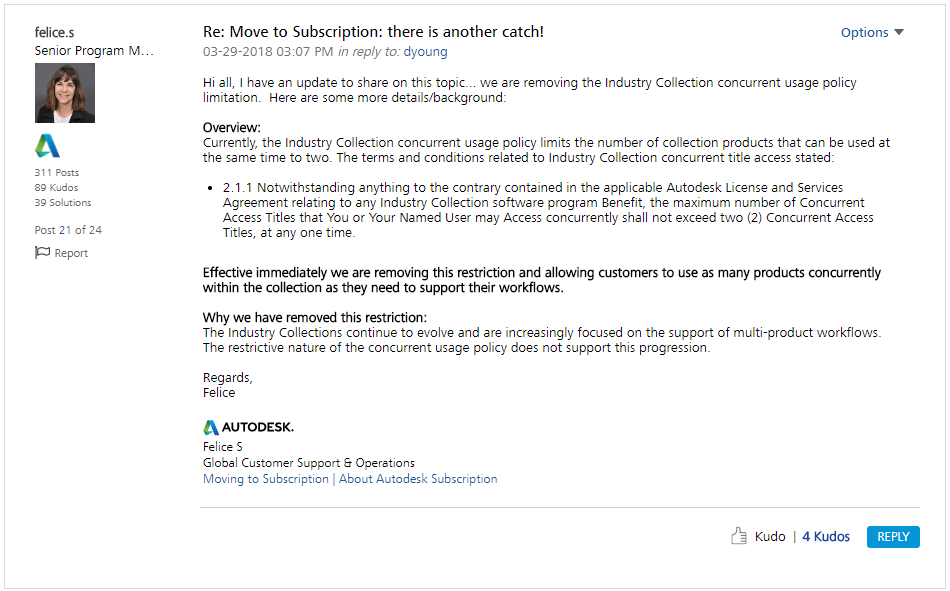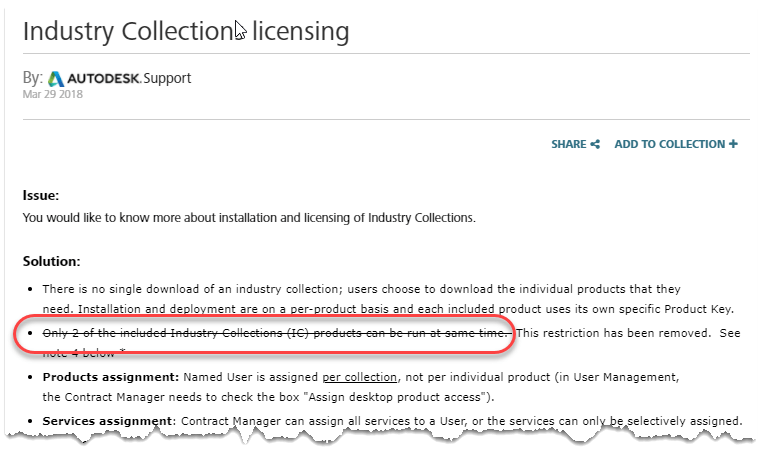Autodesk University 2018
It’s been a couple weeks since Autodesk University so I thought I’d reflect and recap some of my thoughts.
For starters, I don’t often toot my own horn but I was right. 5 Months ago, one of Autodesk’s Technical Marketing Manager’s posted to LinkedIn how Autodesk University was “Joining forces” with the MEP and Structural Fabricators be eliminating the Monday MEP & Structural Fabricator’s Forum Monday pre-conference with the rest of Autodesk University and replacing it with the “Connect and Construct” pre-conference.
I commented then that this was marketing spin, that there would be less focus on Autodesk Fabrication. I was right. I typically run into 120-130 people every year at Autodesk University. This year I don’t think I broke 80. I’d say only 10% of the MEP contractors I typically run into were there this year. As expected, there were many less Autodesk Fabrication sessions and a lot more BIM360 sales pitches.
You can read the original LinkedIn post and my comment here. It did get me a private Email from Autodesk asking why I was negative toward the event that I was speaking at. As I told them, I’m not negative, but I do feel obligated to correct misconceptions they’re spreading. My industry peers are expecting Fabrication technical content as they’d received in the past and they weren’t getting it this year. Most elected to go to Applied Software’s MEP Force conference instead or skip all together.
There were some compelling keynotes from what I heard (I skip most, too crowded and I can watch online after if I hear they were good), but if you’re a larger progressive MEP contractor, you really didn’t learn a lot from the Connect and Construct summit IMO. They still are trying to tell people that BIM is something we should be doing and we should be using BIM360 this or that. A lot of promises of what the future holds…mining intelligence from your models. I couldn’t help but think…”We had that with Autodesk Fabrication but you broke it by not finishing Revit’s Fabrication Parts and stopping development of CADmep, ESTmep and CAMduct.
Overall, I think the week as a whole was better than last year. I skipped many of my scheduled classes as I was busy talking with others in hallway conversations. This is really why I go and where I get the most value.
If you’re interested in reviewing any of the material presented at Autodesk University, all the 2018 sessions are now online at this link.
Key Takeaways
- Seems to be a lot of 3rd party activity in the MEP contractor space finally after Autodesk’s acquisition of MAP fractured the market. Both GTP’s Stratus product and FabPro1 are making some compelling workflow applications. I’m also aware of about 5 or 6 different Revit based spooling tools either released or nearing release.
- Biggest issue for 3rd parties in the MEP contractors space….Autodesk’s lack of enhancing the underlying Fabrication platform. They’e laid off anyone that knows what we need and why…only 4 programmers remain from the original MAP team rumor has it. Most of the 3rd parties have larger teams focused on MEP than Autodesk does now.
- Seems to be some increasing acknowledgment by Autodesk that they screwed up a bit with the MEP contractors. It remains to be seen if they do anything about it. There’s several things in play that I can’t speak to (NDA) but I remain hopeful at some point things will start moving again.
- Seems to me more people looking to get into the ITM content space. Iv’e had so many conversations I can’t recall what I can and can’t say so I won’t go into details. We’ll see how it goes….it’s a tough platform as the content is not agnostic and highly dependent on each company’s configuration. Recall what I said about 3rd parties hampered by Autodesk not enhancing the Fabrication platform? This is a perfect example.
- Outside of the MEP Fabrication world, lot of talk about automation. Hailing from Manufacturing myself, I’ve seen parallels coming for years. Manufacturing leads construction by 10-20 years in just about everything…Parametric modeling, Lean, Product LifeCycle Management (Mfg’s “BIM”). Nice to finally see after spending most of my career working for Manufacturers of construction products and not working for a construction firm manufacturing.
- Most striking takeaway….the large volume of contractors employing their own programmers. One General Contractor of about 3000 employees had 10 full time programmers. And it’s not limited to GC’s….a lot of my peers in larger MEP contractors have full time programmers. I suspect this trend will continue as Autodesk is moving too slow and the data each firm really needs is highly unique to their blended data (in and out of BIM).
- Forge Devcon (formerly Dev Days) was interesting. The Monday developer conference Dev Days was always my highlight of AU. Then others started piggy backing onto Monday…Conceptual Design Forum, MEP Fab Forum, etc. Working in MEP I had to attend. While I’m disappointed the MEP Fab Forum went away, I’m also glad as I was able to attend some Forge Devcon sessions. That reminds me, I need to start getting back into development.
- Less technical and more “Whitepaper” or “Customer Stories” than ever. Seems like a lot more sessions showing you what people are doing but not how they are doing it. Maybe this is what people really want but I really miss some of the hard core technical content you use to get. It’s still there but in less quantities….or I’m just bad at selecting sessions to attend.
- Not sure I’ll speak again after over a decade of doing so. There’s less technical sessions…I prefer doing those as opposed to the philosophical “here’s how BIM should work” type of classes. The products our industry needs and uses Autodesk doesn’t promote and they audience is just not there. I could talk about Revit but it’s the same as it was last year with minor improvements. Nothing that would fill a 60 minute session unless I wanted to show all the 3rd party tools and custom code you need to write to finish where they left off. I’ll likely submit a few proposals next year anyway. We’ll see where it goes.


